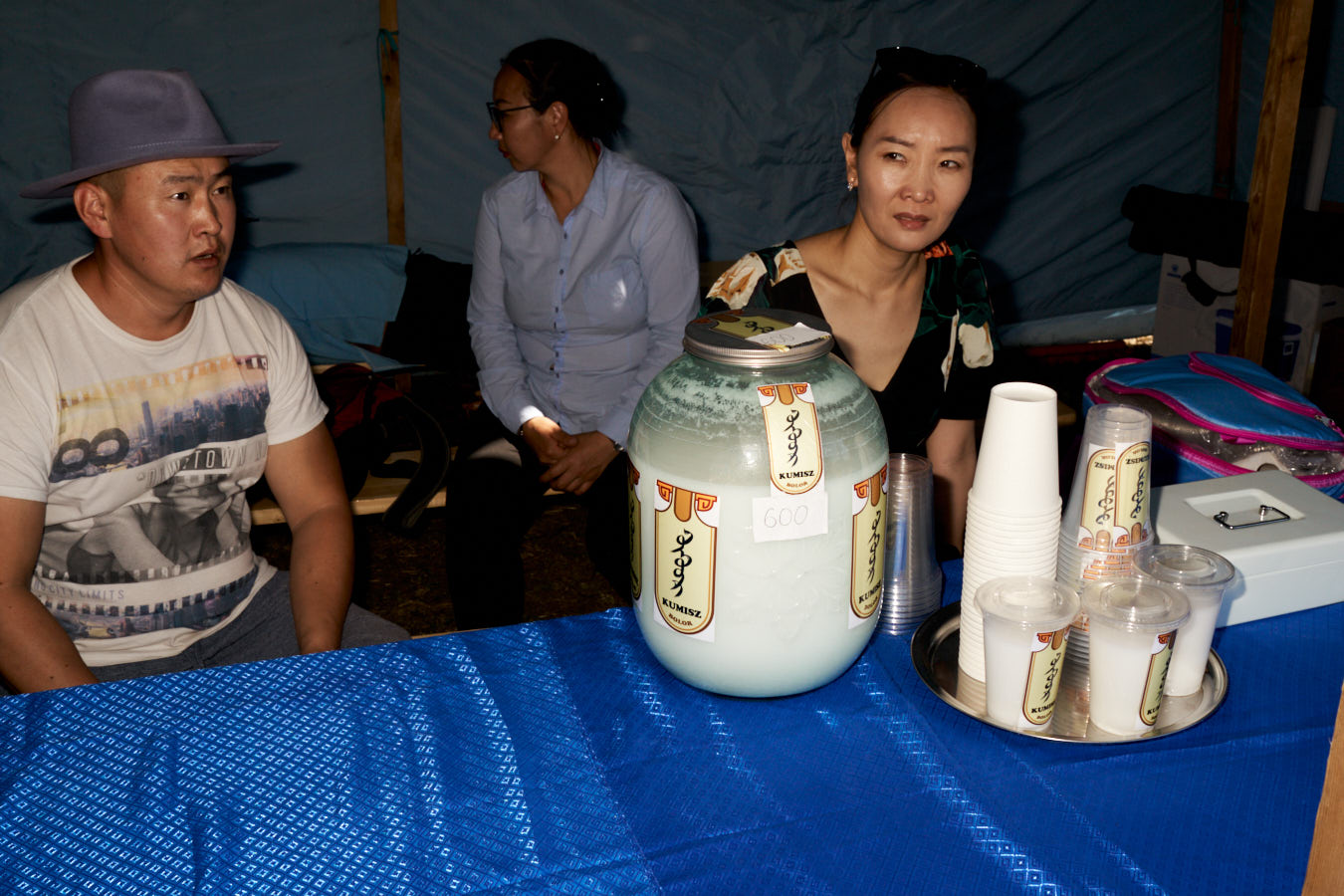... And his love for horses
BUGAC / HUNGARY
Ösök Napja translates as ‘Day of the Ancients’ or ‘Ancestors’ Day’. It happens once a year in Bugac, a small town at the edge of the expanse that is the Great Hungarian Plain. It’s part of a wider yearly event called the Kurultáj - the gathering of descendants of Eurasion nomadic tribes.
The idea of thundering hooves, armour and conquest might not be the first thing that comes to mind when one thinks of Hungarian culture (see; goulash), but for a swathe of Hungarians, connection to their Magyar and Hun heritage (yes, as in Attila, The) is sacrosanct. Hundreds of thousands of visitors descend to this corner of the country specifically for the event.
In a way, one can use a similar lens to view Hungarian plains culture as one would the cowboys and wranglers of the American midwest. Vast tracts of grassland, the driving of livestock, agriculture. A preternatural equine kinship.
There is a palpable cultural reverence at the festival. Fathers and sons stroll in their furs. Almost all visitors are adorned with at least some form of traditional garb. A golf shirt and chinos, but complimented with a fur lined mongol hat.
You can buy handmade bows and arrows, or a swashbuckling Transylvanian riding hat. There are yurts to commemorate Attila, a stand selling cold, fermented horse milk. Folk music. Burly men bodyslam each other in the national belt wrestling competition. The atmosphere is part rodeo, part state-fair, part Hollywood.
Throughout the day professional horseman from all over the Carpathian Basin demonstrate their prowess, competing against each other in a series of traditional events. The mounted archery competition seems particularly miraculous.
Hundreds of horse-bound, armour-clad men thunder past in procession, flags aloft. There are battle re-enactments in the central amphitheatre. Long whips crack constantly as festival goers peel off from the crowds to try their hand at a newly learned technique. You can taste the sand in the air.
Enormous pots of goulash and Lecsó (Hungarian vegetable stew) bubble next to piles of sausage and pork. Hungarian food is seemingly designed to feed an army. Which is fitting, given the context.
The idea of thundering hooves, armour and conquest might not be the first thing that comes to mind when one thinks of Hungarian culture (see; goulash), but for a swathe of Hungarians, connection to their Magyar and Hun heritage (yes, as in Attila, The) is sacrosanct. Hundreds of thousands of visitors descend to this corner of the country specifically for the event.
In a way, one can use a similar lens to view Hungarian plains culture as one would the cowboys and wranglers of the American midwest. Vast tracts of grassland, the driving of livestock, agriculture. A preternatural equine kinship.
There is a palpable cultural reverence at the festival. Fathers and sons stroll in their furs. Almost all visitors are adorned with at least some form of traditional garb. A golf shirt and chinos, but complimented with a fur lined mongol hat.
You can buy handmade bows and arrows, or a swashbuckling Transylvanian riding hat. There are yurts to commemorate Attila, a stand selling cold, fermented horse milk. Folk music. Burly men bodyslam each other in the national belt wrestling competition. The atmosphere is part rodeo, part state-fair, part Hollywood.
Throughout the day professional horseman from all over the Carpathian Basin demonstrate their prowess, competing against each other in a series of traditional events. The mounted archery competition seems particularly miraculous.
Hundreds of horse-bound, armour-clad men thunder past in procession, flags aloft. There are battle re-enactments in the central amphitheatre. Long whips crack constantly as festival goers peel off from the crowds to try their hand at a newly learned technique. You can taste the sand in the air.
Enormous pots of goulash and Lecsó (Hungarian vegetable stew) bubble next to piles of sausage and pork. Hungarian food is seemingly designed to feed an army. Which is fitting, given the context.








“In a way, one can use a similar lens to view Hungarian plains culture as one would the cowboys and wranglers of the American midwest.







